Long-exposure photography is a technique that allows you to capture images with a very long shutter speed. This allows you to capture light trails, streaking clouds, and other effects that would otherwise be invisible to the camera.
How to shoot long-exposure photos?
Long-exposure photography can be a fun and creative way to capture the world around you. By using a long shutter speed, you can blur movement, create interesting light trails, and even capture the stars in the night sky.
In order to shoot long exposure photos, you will need a camera with manual controls and a tripod.
First, choose an appropriate shutter speed. For moving objects, such as water or clouds, a slower shutter speed will create more blur.
Next, set your aperture and ISO as desired. A wider aperture will result in a longer exposure time, but it will also produce more depth of field.
A higher ISO will allow you to use a shorter exposure time, but it will also increase noise levels in your photo.
Finally, compose your shot and take the picture. Be sure the camera is steady while the shutter is open, or else your photo will be blurry. With a little practice, you can produce stunning long-exposure photos that are sure to impress your friends and family.
The benefits of shooting long-exposure photos?
One of the coolest things about photography is that it allows you to capture moments that the human eye can’t see. With a long exposure photo, you can turn a busy street into a blur of light, or make a flowing river look smooth and silky.
Very long exposures can even blur movement so much that moving objects won’t even appear in the frame at all. So if you want an empty street in New York, consider using long exposures.
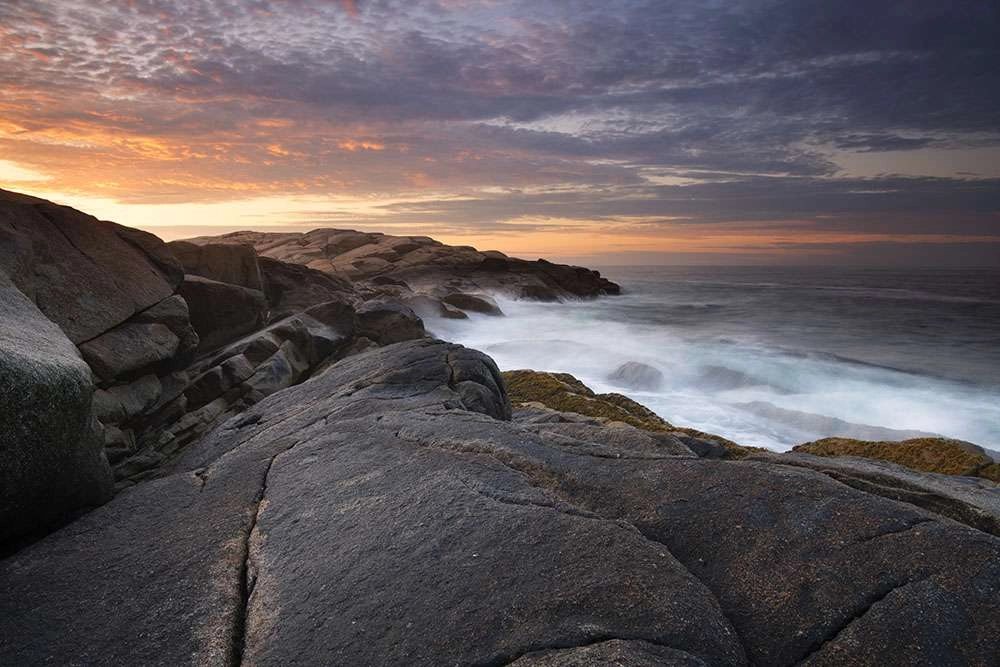
Examples of stunning long-exposure subjects
While traditional photography relies on a quick shutter speed to freeze a moment in time, long-exposure photography captures the movement of light over a period of time. This technique can be used to create some truly stunning images, as it allows the photographer to capture the ephemeral beauty of light in a way that would otherwise be impossible. When done well, long-exposure photography can produce images that are both ethereal and deeply moving. Here are just a few examples of what can be achieved with this technique.
One of the most popular subjects for long-exposure photography is the night sky. By leaving the shutter open for extended periods of time, photographers can capture the stars as they move across the sky, creating images that are both beautiful and mysterious.
Another popular subject is waterfalls. The motion blur of the flowing water often appears silky and smooth in long-exposure photos, creating an image that is both calming and majestic.
Finally, long-exposure photography can also be used to create abstract images by capturing the movement of people or traffic. When viewed from afar, these images can look like colorful paintings, making them truly unique works of art.
Tips for taking your own long-exposure photos?
Taking long-exposure photos can be a fun and creative way to capture the world around you. To get started, you’ll need a camera that has the ability to shoot in manual mode, as well as a tripod to keep the camera steady.
You might also want to consider purchasing Neutral Density filters (ND Filters). These are specialty photography filters that decrease the amount of light entering the camera and make long exposures possible in bright conditions.
Once you have your equipment, choose a subject and set your camera to a long exposure. Then, use a remote shutter release or the self-timer to avoid shaking the camera when you press the shutter button. And finally, be patient!
Long exposures can take anywhere from a few seconds to several minutes, so it’s important to be patient and keep the camera still. With practice, you’ll be able to capture stunning long-exposure photos.
Conclusion
Long-exposure photography is a beautiful and unique way to capture the world around you. By learning how to shoot long-exposure photos yourself, you can open up a whole world of unique imagery.

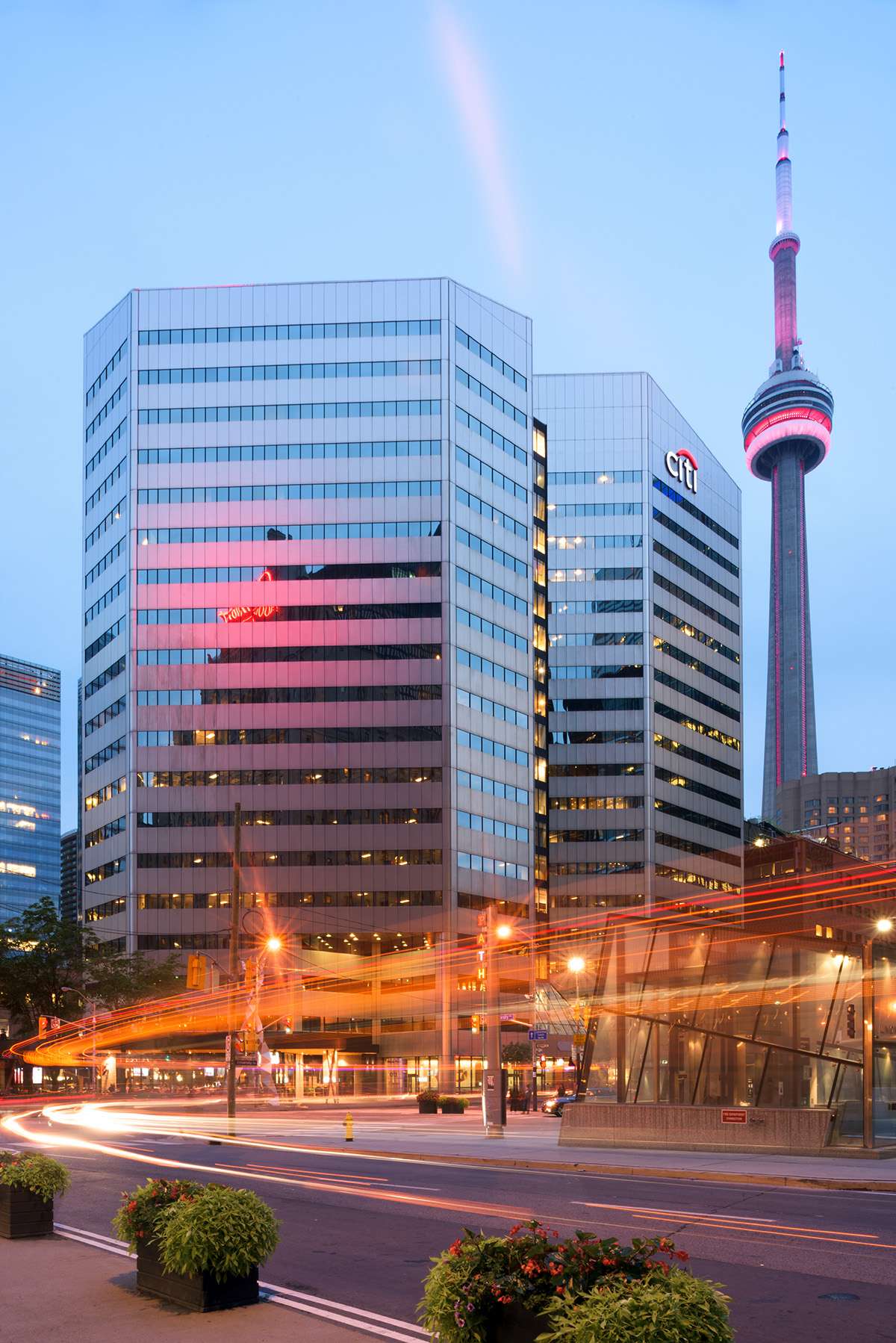



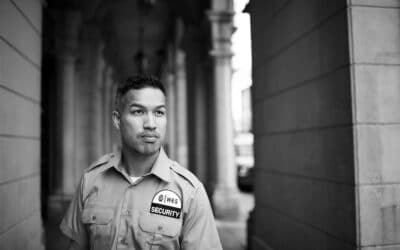
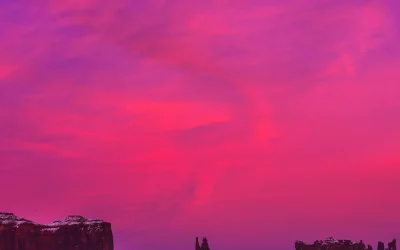
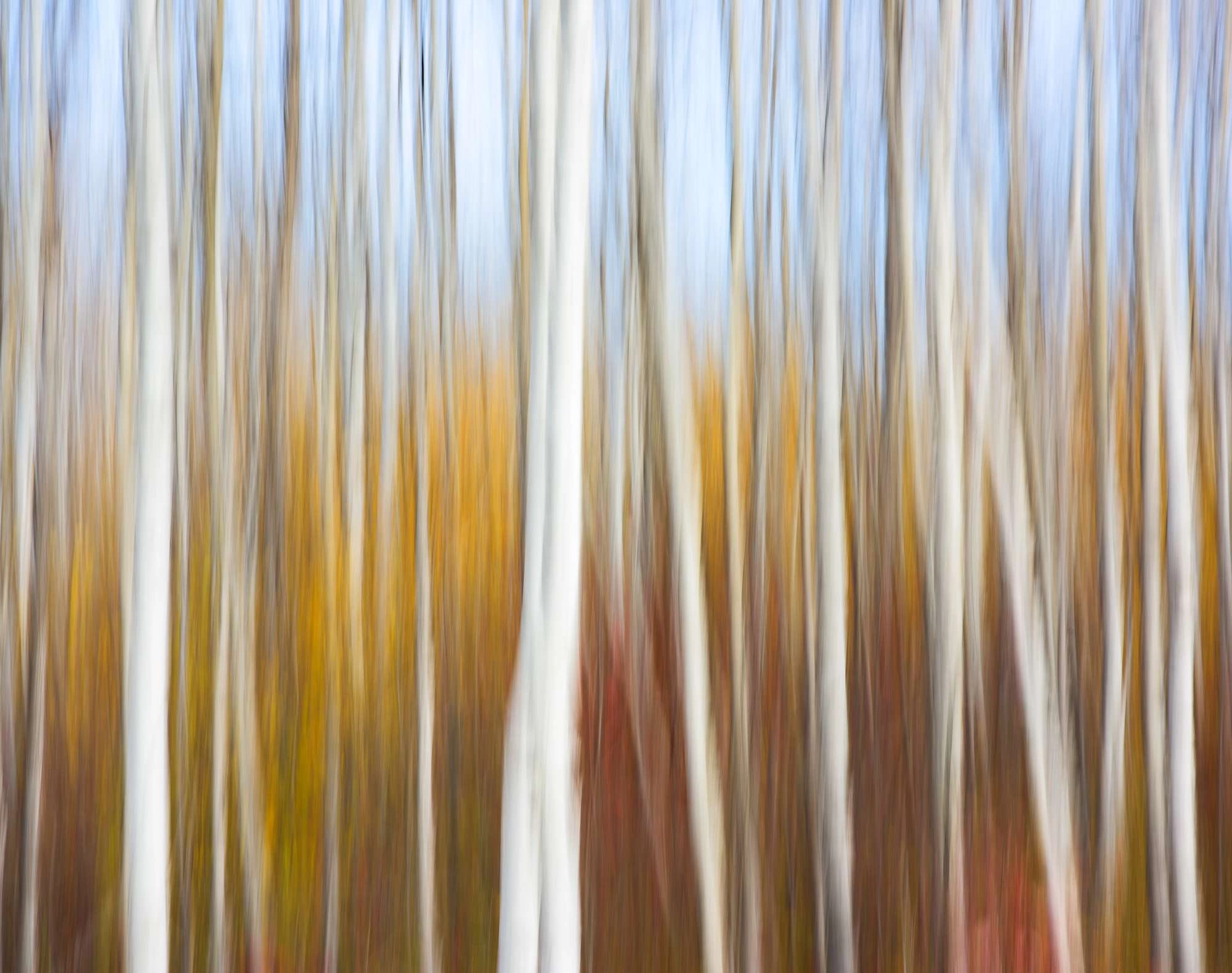
0 Comments